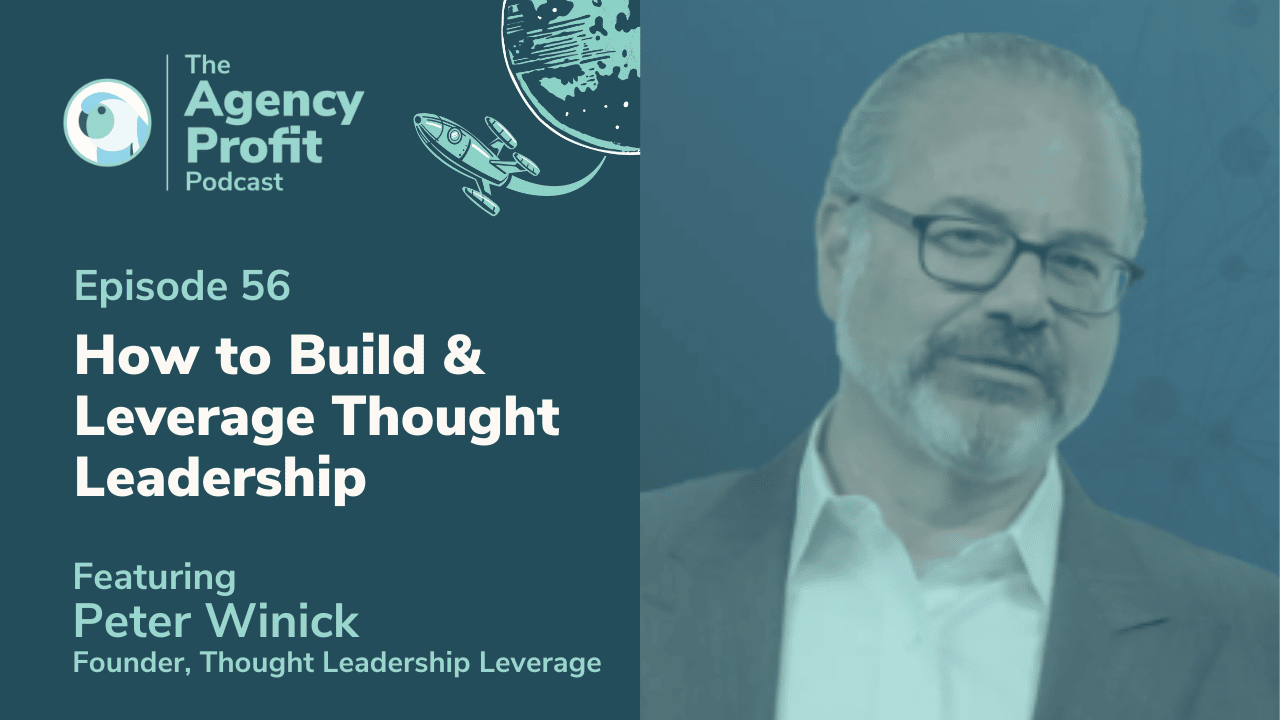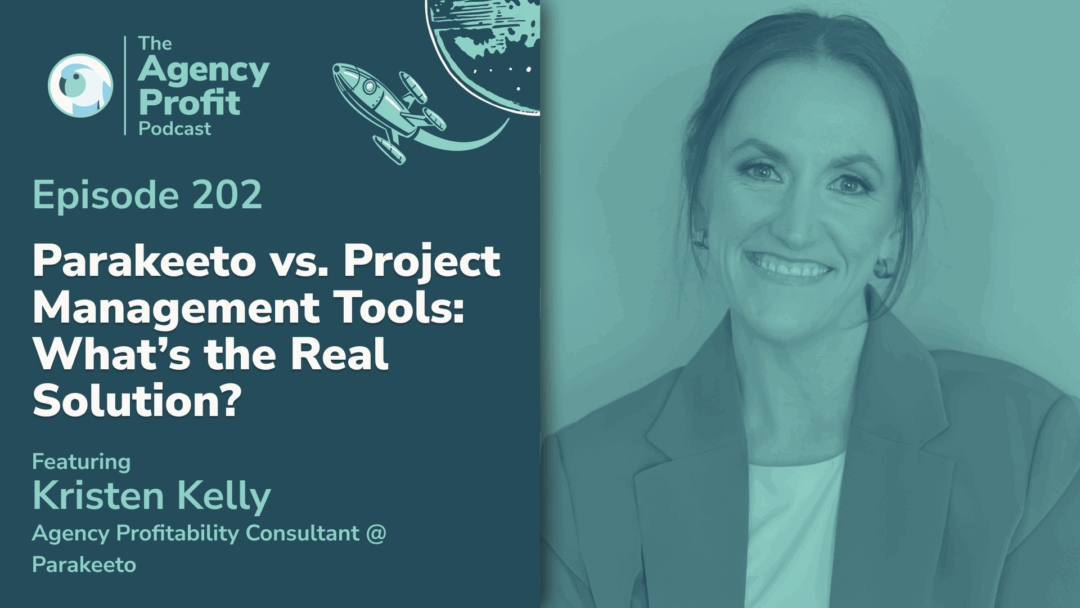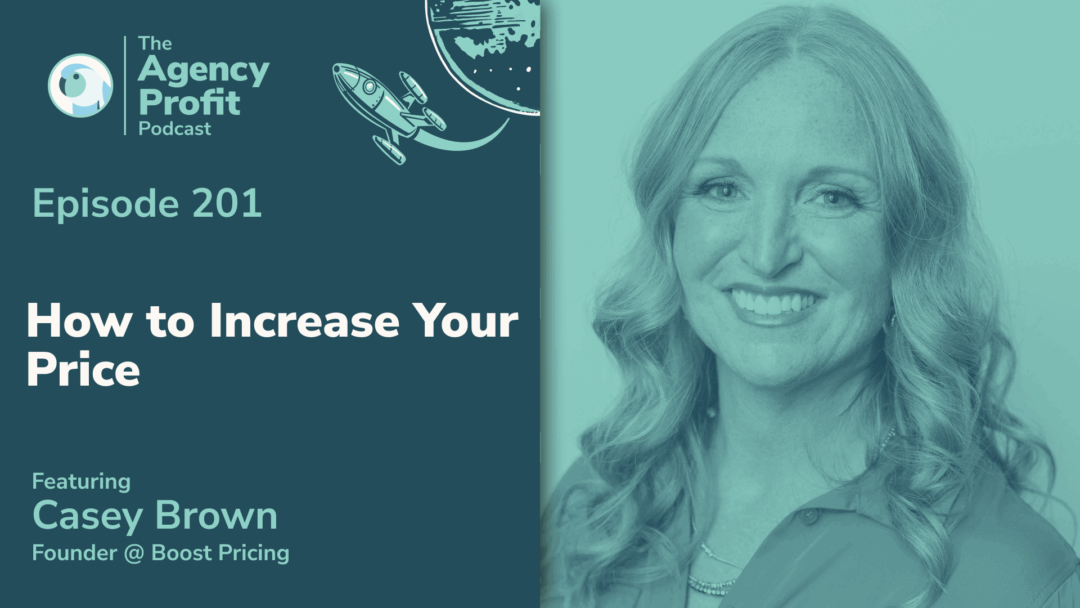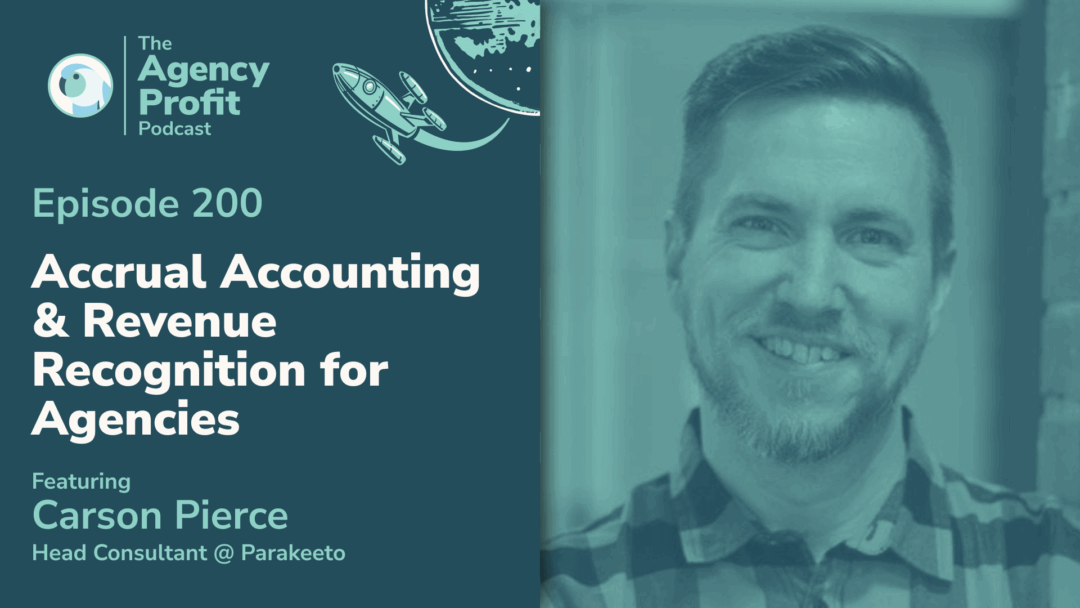Peter Winick, founder @ Thought Leadership Leverage, is here to demystify one of the most questioned terms being bandied about over the last decade… Peter, who’s been at the forefront of Thought Leadership for over 20 years, walks us through exactly what it is and how it can be utilized to help you stand out from your competition.
About Peter:
For the past two decades, Peter has helped both individuals and organizations build revenue streams through cultivating their thought leadership platforms. Additionally, he acts as a guide and advisor for increasing B2B sales of thought leadership products.
His clients come from a diverse set of backgrounds and include New York Times bestselling book authors, Speakers’ Hall of Fame members, Thinkers50 Award recipients, CEOs of public and privately held companies, plus academics at prestigious institutions such as Yale, Wharton, Dartmouth, and London School of Business.
Peter uses a combination of art, science, logic, focus, passion, and creativity to transform a thought leader’s ideas into a platform – and a practice. The aim? To effectively reach business leaders and executives, while serving the tools they and their organizations require. So, who exactly does he help?
- CEOs, business owners, and internal practice leaders looking to grow revenue, revitalize marketing, and improve customer experience through applying the principles of thought leadership.
- Business leaders and experts seeking to build out their ideas into a platform, so they can launch content and products to create a lasting impact in various companies around the globe.
- “Traditional” thought leaders who want to build or grow their practice, increase their effectiveness in content creation and marketing as well as extend their reach into existing and new clients.
When Peter’s not revolutionizing the realm of thought leadership, he enjoys immersing himself in a good book.
Points of Interest…
- How Peter defines thought leadership 1:36
- Developing thought leadership in your Network 4:43
- Executing your thought leadership strategy 7:59
- Gaining traction on thought leadership content 9:58
- Utilization of thought leadership to boost business 13.22
How Peter Defines Thought Leadership
As has become customary, I kick off my chat with Peter by asking him to explain – in his own words – what exactly thought leadership is, who does it pertain to, and how it can be best utilized to impact the world! His response went a little something like this…
“We work with a very wide variety of thought leaders – so, for example, authors, speakers, consultants, CEOs, academics, etc. So, basically, folks that have great thought leadership and are looking to get their message out in the world at a quicker velocity – to have greater impact and monetize it more effectively. We do that through the development of strategy and brand development of products that started from an idea in their head.”
Idea extraction complete, Peter and his team then support these Thought Leaders throughout the sales, marketing, and business development side of their thought leadership journey.
As for how Peter would actually define the term ‘Thought Leadership’? Well, it turns out that isn’t a one-answer-fits-all type scenario. In Peter’s experience, there isn’t a standard answer – apart from one that generates a lot of debate… Given the term Thought Leadership is all relative, breaking it down to its simplest terms might work best for you and your agency.
“What does ‘thought’ mean? Well, that something has to be thoughtful! It has to require you to think – or require thinking to get it out in the world that… It could be from experience, or it could be from putting together things from different disciplines – like economics and psychology, bang, behavioral economics! That’s thoughtful.”
Regarding the ‘leadership’ part of the term, well, you can have all the ideas in the world – but it takes a leader to commit to taking a thought, a perspective, or a discipline, to the next level. And you’ll need the courage of a leader when people disagree or pushback against your idea.
Developing Thought Leadership in Your Network
For those listening that are considering a path in thought leadership, but perhaps have yet to build that opportunity into their agency, where can one start developing it in their network or market?
As with anything business related, you should be deliberate; define what clients you are trying to reach; define how you go about doing that; your optimum outcome; and – most importantly – how you are going to measure success. It seems standard, right? Unfortunately, it’s all too easy to let the basics slip, as Peter can attest to…
“I’ve seen so many smart people skip that part and get to the phone – ‘Let’s just create cool stuff!’ That’s not smart. Right? So the first thing to be clear on is what your goals and objectives are.”
So, why would anyone invest in Thought Leadership? Well, it will help you stand out when compared to your competition. For example, if someone has a shortlist of five creatives – and one of those creatives has clear Thought Leadership in effect, be it a podcast, or a blog, you’re already a step ahead.
In short; in order to develop Thought Leadership in your agency or network, you first need to be very clear about your direction and then define your path. Again, it all circles back to making yourself an expert in your field.
Executing your Thought Leadership Strategy
Let’s dig into the ‘How’ a little bit… What are some of the things that you and/or your clients are getting a lot of success with when it comes to executing on the strategy?
“As thought leaders, as creatives, as people that want to put content out in the world, we all have a default. Um, canvas that we prefer to use as creative people. Some people like to write. Great! The keyboards, your campus, some people like infographics, some people like videos, whatever. The point is, it’s not about you…”
So what’s the strategy?! According to Peter, the real trick is really getting into the heads of your client avatars. You need to have an appropriate number of highly defined client avatars – be it three, four, or five – and a combination of psychographic, demographic, etc. Then, you have to understand how they consume content.
For example, you may be all over TikTok, getting on down with yourself and your cat in the kitchen, but that’s not necessarily where your clients are going to be. You need to get into the mindset of “where are the people I’m trying to reach going to be hanging out – and then you have to go meet them where they are. That’s the main driver of where you’re going.
“Sometimes the struggle is, ‘Ooh, I’m uncomfortable with video. Ooh, um, I’m not a great writer.’ Okay. Well, if that’s going to be what prevents you from being a great Thought Leader, then, then you have two choices – either admit defeat or get the resources you need to support you in your journey.”
Side note: our Agency Profit Toolkit is a one stop shop for you to be able to outline some of these crucial profitability numbers to a potential buyer. Spreadsheets, templates and training videos, you name it, it’s all in the toolkit. Grab yours free at the link below:
Gaining Traction on Thought Leadership Content
We’ve talked about identifying the purpose, the person that we’re serving, and the best content formats to reach those people, as well as the right places to publish. So, what’s next? What do I really have to do to be successful? Let’s face it, there’s a lot of folks posting content and they’re really not getting traction on it. How do you actually start to build the momentum and – by extension – that following in your industry?
The number one thing to avoid, according to Peter, is getting obsessed with ‘vanity metrics’ on social media. You can get all the likes, all the views on a post – but what does that actually do for you? Yeah, it makes you feel good, but does it actually lead to anything concrete? Not usually. Now, if you post content that motivates people to reach out to you, and can generate leads, that’s a metric that does really matter.
“I look at everything that we do as a firm, in our own thought leadership, which is what we recommend our clients do. As it’s an investment, it’s got to build brand and it’s got to be a cost-effective net, new client acquisition vehicle. Right? And if it doesn’t meet those metrics, then we’re going to stop doing this thing or try something new or do it differently.”
As for why your agency’s thought leadership content isn’t gaining any traction? Have you considered it might not be engaging enough? Or, as Peter puts it, “maybe it sucks?!” The point being, your content is not going to fly if it’s just thrown out into the ether without – you know – thought put into it. Know your niche. Cater to that niche, and then you won’t go wrong.
Utilization of Thought Leadership to Boost Business
For those who want to dive more into elevating their service business – their agency, their consulting, getting more reach, collaborating with other people – how can you utilize thought leadership to boost your agency without creating other products?
Peter states that there are a few critical means of using thought leadership to attract more interest in your business, as opposed to monetizing it directly. These critical means include the following…
- Consistency: whatever modality you’re going to use, stick to a cadence. For example, you’re going to post a video every Tuesday at 3pm, stick to that time and give it a title.
- Experiment: don’t fear trying out different modalities, seeing what the best fit might be.
- collaborate: figure out who else is serving the same people, in a non-competitive way, that you can collaborate with.
- Research: perhaps consider approaching your existing clients and ask if you can feature them as a case study; it could be mutually beneficial.
- Play to your strengths…
“Finding what’s comfortable for you is key. If you hate it, and you’re miserable, and you stink at it, you’re not going to do it. On my best day, I was a mediocre blogger… Then, as soon as I was able to move more to video and podcasting – either as a guest or, lately, as a host – I’ve realized it’s much easier for me to just talk than actually write stuff. This is my lane!”
Peter is obviously preaching to the choir when it comes to podcasting; it’s a treat for me to talk to entrepreneurs. Plus, there are the tertiary benefits, such as learning, network building, and – most importantly – it’s fun!
Key Takeaway…
So, to recap, in this here podcast myself and Peter discussed a lot of things, including building thought leadership for yourself, how to get out there, how to become a thought leader, how to think about who you serve, how you serve them, what kind of content do you create for them. Then we tackled how to focus on building that audience for results, as opposed to just vanity metrics. And then we’ve talked about some strategies for monetizing and capitalizing on that thought leadership.
“We all want immediate gratification. We’re all impatient and we all want to. See a return on our dollars quickly – though leadership isn’t necessarily that in the beginning. So, whatever you’re going to commit to, commit to it for much longer than you think you should.”
In short, don’t write a book your first time out and expect it to be a big hit or, indeed, the answer to everything. That’s akin to running a marathon and expecting to win when you haven’t trained for years… Start with a blog. Then, maybe that’ll build towards a book. Start with speaking, either locally or within your team. That’ll lead to the bigger stages. Or, start with posting on LinkedIn and so on, and that’ll lead to bigger ideas.
Pick ONE thing – that you enjoy, and you have a flair for – and simply get consistent with it.
“There is a flywheel effect after you stick with it. There will be times when you sigh and say ‘Man, I thought that was such a good podcast. And seven people listened to it…’ But, eventually, it comes back to you, especially if you create content in an evergreen way; people that might listen to this episode in a year or two from now should find it as valuable as if they were listening to it today. So, create in an evergreen sort of way and make the commitment to stick. Then, you will see the results.”
Want more Peter in your life? Check out…
- ThoughtLeadershipLeverage.com
- Peter@ThoughtLeadershipLeverage.com
Did you learn anything new from this episode? Let us know in the comments below! Our next installment of #APP, on March 24th, will see us chat with Nathan Hirsch. While our previous blog with Jody Sutter is over here…
Agency Profitability Tool Kit
If you’re looking for more resources to help you improve your agency’s profitability, check out the Agency Profitability Tool Kit. It’s full of the same templates and checklists we’ve used with consulting clients to help them improve profitability by over 100% – in under 60 days.








0 Comments